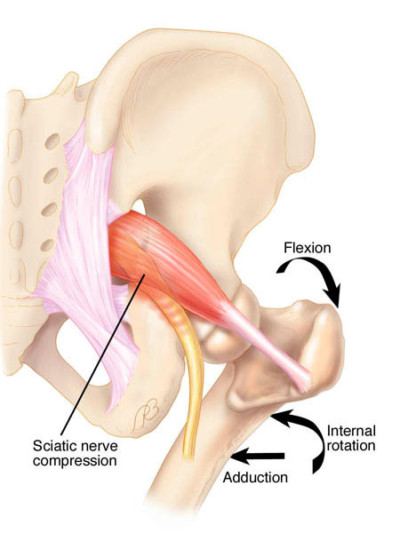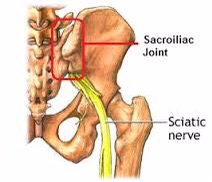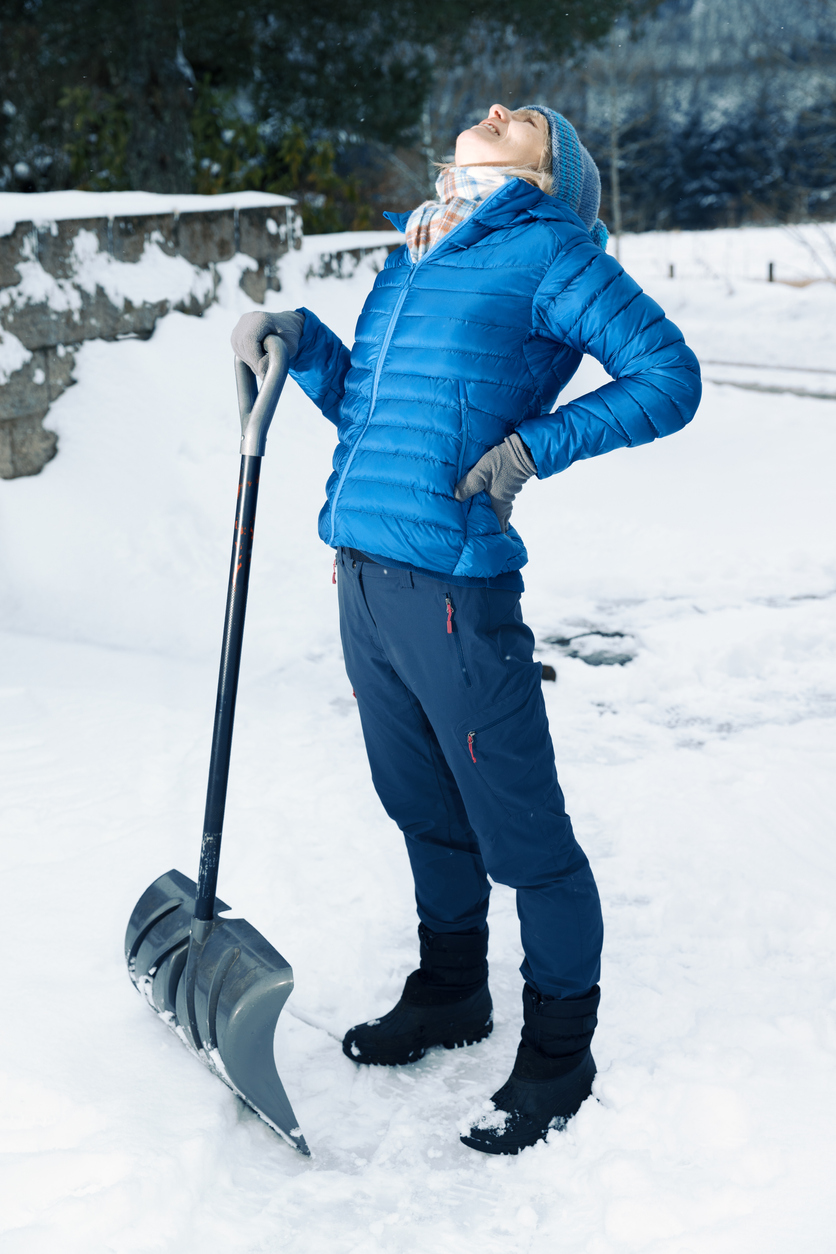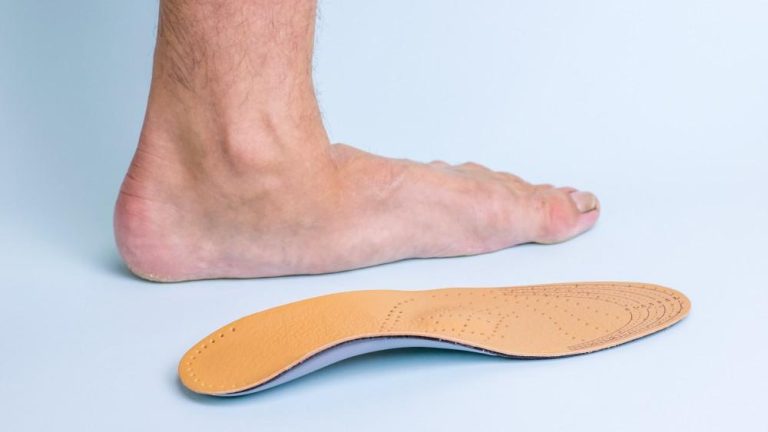Does Cold Weather Affect Sciatica? Evidence, Practical Strategies
Introduction
As temperatures drop and winter sets in, many sciatica sufferers experience increased pain and discomfort. The old idea that cold weather worsens certain health conditions also affect sciatica.
This comprehensive review addresses the relationship between cold weather and sciatica symptoms and examines the science, possible mechanisms, and practical strategies for treating cold weather symptoms.
Cold Reality: Anecdotes and Scientific Evidence
If you ask someone with sciatica about their experience in cold weather, you’ll likely hear about increased pain and stiffness. While these anecdotes are valuable, it is important to understand the science behind the perceived connections.
- Limited Scientific Consensus
Currently, there is limited scientific research on the direct relationship between cold weather and increased sciatica pain.
However, there is a body of research that has investigated how changes in weather, including lower temperatures, affect a variety of pain conditions, including arthritis and musculoskeletal pain. - Arthritis Research
Cold weather is often associated with worsening arthritis symptoms. The Arthritis Foundation notes that changes in air pressure associated with weather changes can affect your joints. Arthritis and sciatica are different conditions, but there may be similarities in the effects of weather on joint pain.
Possible Mechanisms: Why Cold Matters
As the scientific community continues to explore the nuances of the relationship between cold and sciatica, here are some reasons why some people experience more pain in the winter.
- Muscle Contraction and Tension
Cold weather can cause muscle contractions and tension. For people with sciatica, especially if the pain is caused by a problem such as a herniated disc or spinal stenosis, muscle stiffness can increase pressure on the sciatic nerve and increase the pain.

- Reduced Blood Flow
Cold temperatures can cause blood vessels to constrict, reducing blood flow to certain areas. In sciatica, restricted blood flow can affect the supply of nutrients and oxygen to the affected nerve, worsening symptoms. - Joint Stiffness
Cold weather is often associated with joint stiffness, which can affect people with arthritis and sometimes sciatica. Stiffness in the lower back and hip joints can lead to increased pressure on the sciatic nerve.

- Changes in Barometric Pressure
Changes in barometric pressure associated with weather changes can affect pain perception. Although the exact mechanism is not fully understood, some people report that changes in barometric pressure increase their pain sensitivity.
Coping with Sciatica in Cold Weather: Practical Strategies
Whether or not cold weather directly affect sciatica, many people experience increased discomfort during the winter months. Fortunately, there are practical strategies to alleviate symptoms and improve overall health.
- Dress in layers to stay warm
It’s very important to stay warm. Wearing multiple layers of winter clothing helps keep heat close to your body and prevents muscle tension caused by the cold. - Keep moving with gentle Exercise
Regular gentle exercise contributes to overall joint and muscle health. Low-impact activities like walking, swimming, and yoga can help relieve stiffness and promote flexibility. - Maintain good posture Good posture is crucial for people with sciatica. Maintaining a neutral spine position when sitting, standing, and sleeping reduces stress on the lower back and reduces pressure on the sciatic nerve.
- Stretching and Physical Therapy
Certain stretches and exercises prescribed by a physical therapist can target the muscles around the sciatic nerve, promoting flexibility and relieving tension. Regular physical therapy sessions can be an essential part of treating sciatica symptoms. - Stay Hydrated
Proper hydration is essential to overall health and contributes to optimal disc function. Drinking adequate amounts of water helps maintain fluid balance within the discs and reduces irritation of the sciatic nerve.
Conclusion
Although it is still unclear whether cold weather has a direct effect on sciatica, it is clear that people with sciatica may experience discomfort during cold weather. By understanding the potential impact of climate change on sciatica symptoms, you can take the precautions listed above to effectively manage your symptoms.
As ongoing research continues to unravel the complex relationship between weather and sciatica, people suffering from this condition should focus on lifestyle changes, proper self-care, and expert advice. A holistic approach to treating sciatica can improve a person’s overall health and minimize the impact of external factors, such as winter cold, on quality of life.
Frequently Asked Questions
Q1: Is there scientific evidence linking cold weather to increased sciatica pain?
Currently, there is limited direct scientific research on the relationship between cold weather and sciatica pain. However, research is already being conducted into how changes in weather, such as lower temperatures, affect various pain conditions, such as arthritis and musculoskeletal pain.
Q2: How does a cold affect arthritis?
And can it have a similar effect on sciatica?
Cold weather is often associated with worsening arthritis symptoms. As the Arthritis Foundation points out, changes in air pressure that come with weather changes can affect your joints. Although arthritis and sciatica are different conditions, there may be similarities in the effects of weather on joint pain.
Q3: What is the mechanism by which sciatica pain increases in cold weather?
Cold weather can cause muscle contraction and tension, reduced blood flow to affected nerves, joint stiffness, and changes in air pressure. These factors can contribute to increased sciatica pain, especially in people with conditions such as herniated discs or spinal stenosis.
Q4: Are there practical strategies to treat sciatica symptoms during cold weather?
Yes, there are practical strategies to relieve symptoms and improve overall health. This includes staying warm, dressing in layers, gentle exercise, maintaining good posture, stretching and physical therapy, and staying hydrated to optimize disc function.
Q5: Why is good posture important for sciatica patients?
Correct posture is crucial for people with sciatica, as it helps maintain a neutral position of the spine, reducing stress on the lower back and reducing pressure on the sciatic nerve.
Q6: Can climate change affect sciatica symptoms?
Although the direct effects of climate change on sciatica are not yet fully understood, understanding potential climate-related factors and taking proactive measures such as lifestyle changes and self-care can help you manage your symptoms effectively.
Q7: Are there any specific exercises recommended to reduce sciatica pain?
Yes, certain stretches and exercises prescribed by a physical therapist can target the muscles around the sciatic nerve, promoting flexibility and relieving tension. Regular physical therapy sessions are essential for treating sciatica symptoms.
Q8: How does proper hydration help treat sciatica symptoms?
Proper hydration is critical to overall health and contributes to optimal disc function. Adequate fluid intake helps maintain fluid balance within the disc, thereby reducing irritation to the sciatic nerve.
Q9: Is there hope for people whose sciatica pain increases during the cold season?
That’s right. Although the direct relationship between cold weather and sciatica is not completely clear, a holistic treatment approach that includes lifestyle changes and expert advice can significantly improve your overall health and minimize the impact of external factors, such as winter cold, on the quality of life for individuals with sciatica.
References
- https://pubmed.ncbi.nlm.nih.gov/17466654/ DOI: 10.1016/j.amjmed.2006.07.036
- Arthritis Foundation. “How Weather Affects Arthritis.” https://www.arthritis.org/health-wellness/about-arthritis/related-conditions/how-weather-affects-arthritis
- https://www.ncbi.nlm.nih.gov/pmc/articles/PMC3538510/ doi: 10.1186/1471-2202-13-147







